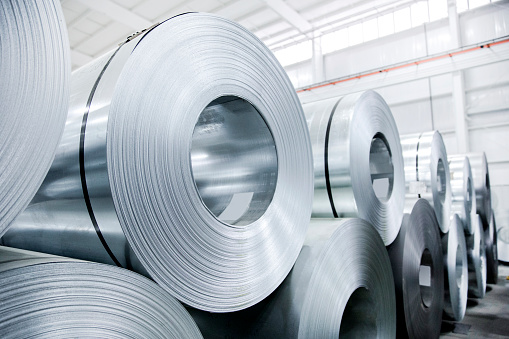Metal polishing is a finishing technique using an abrasive substance to smooth surfaces. When metallic surfaces are polished, flaws are removed, becoming more reflective and shiny, enhancing their look. The metal polishing process can be supplemented by buffing, a less abrasive technique that produces a brighter finish.
In addition to its aesthetic value, metal polishing provides a functional purpose. It eliminates oxidation and prevents further corrosion beneath a metal's surface, considerably extending its service life. Polishing is an important stage in several manufacturing processes.
Architectural metal: In this process, the problem of lead-based paint is solved by polishing metal to remove the lead pigment. The result is a pure, shiny metal surface that resists corrosion.
Optical lens: Metal polishing was a common practice in making optical lenses. The optical polish also ensures that chrome and other metal parts shine brightly and last longer than regular ones.
Jewellery: Metal polishing is used in jewellery production to make it shine and resist corrosion.
Silverware: The process of polishing silverware restores its brightness. It also helps the silverware resist tarnishing and corrosion.
Copper: Alloys containing copper can be polished to improve their physical properties and aesthetic value. Parts made with copper are more resistant to corrosion when they are polished. Polishing can also improve a material's finish, enhance its natural beauty, and make it suitable for use in jewellery, sculpture, and table tops.
Metal parts: Metal parts stay attractive when they are polished. Polishing works on every metal surface, including stainless steel, silverware, copper, aluminium, and other metals.
Conclusion!
The polishing process can be divided into three stages: cleaning, burnishing, and finishing. These stages are often part of a circle of polishing that begins with cleaning and ends with burnishing.
All stages require abrasives, typically in the form of compounds or pastes. They are usually made of softer abrasive particles bound together with a slurry binder to make them easier to apply. Polishing involves using dry and wet abrasives, although some processes use only one or another.



Post a Comment